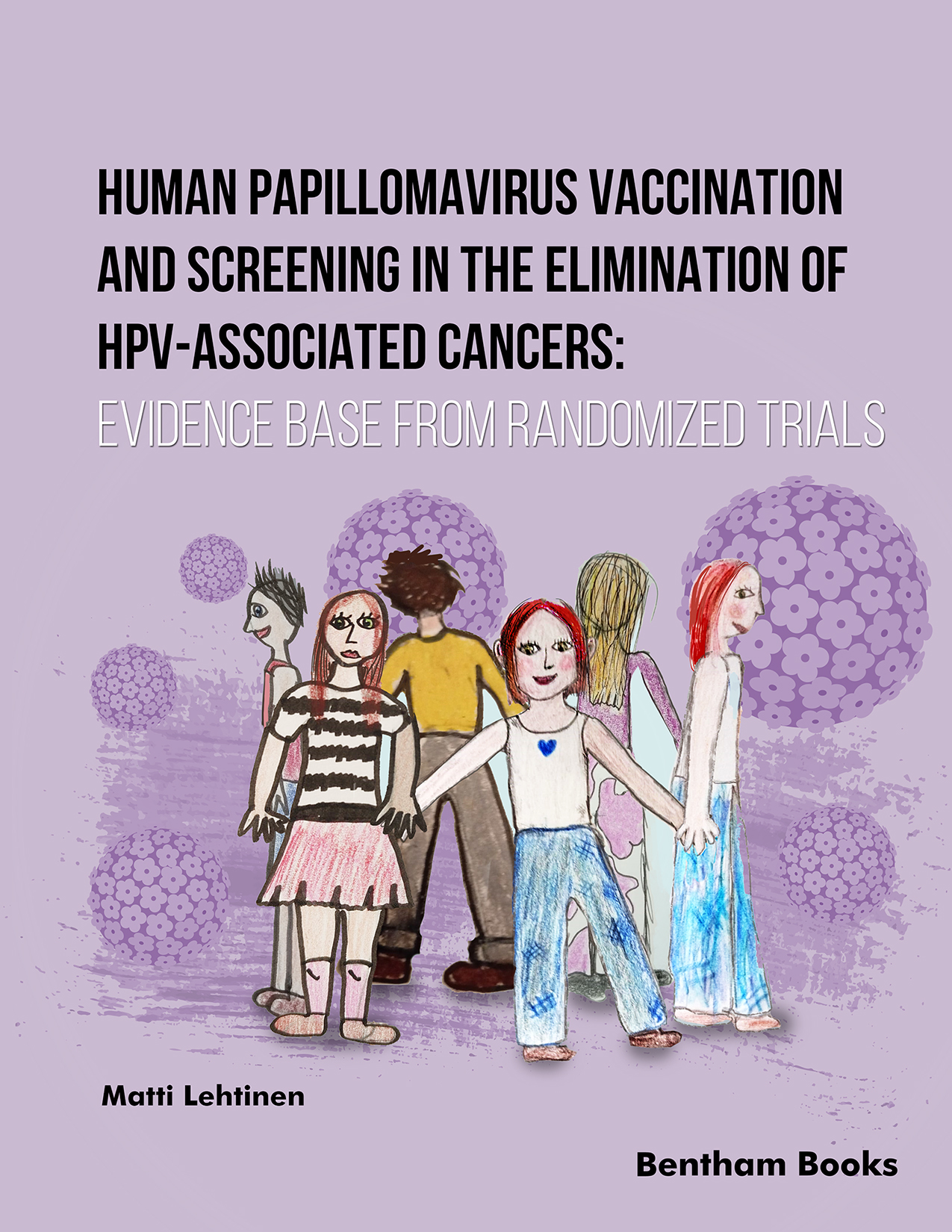In 2024, the world is on the brink of eliminating formerly common forms of human cancer, in particular cervical cancer. The story of how this happened contains many lessons to be learned on how a major public health improvement could eventually be accomplished. Professor emeritus Matti Lehtinen has with an incredible persistence pursued original research on this subject since the 1970s. An overarching theme has been that the adoption of new scientific concepts requires a maximally reliable evidence base. Already in the 1970:ies the Nobel Prize winner Harald Zur Hausen proposed that a new type of HPV could be the long-sought infectious cause of cervical cancer. After his discovery of the most important oncogenic HPV (HPV16) in 1983 and the completion of worldwide surveys and a large cohort study of HPV and cervical precancer in 1987, it would seem like the stage was set to eliminate the cancers caused by HPV. However, it would take some 4 decades of careful science to arrive at the goal.
A book by a researcher who has been actively working with this task ever since is a much-needed documentation of the key issues that must be addressed to achieve progress and also how to address them. The starting point is longitudinal cohort studies to establish etiology. This work had to start with first debunking earlier myths of herpes viruses as the cause of cervical cancer. Weak case-control studies had resulted in erroneous conclusion that kept being popular for many years until finally proven incorrect by prospective studies, a lesson on the need for strong study designs in etiological research that is worth contemplating for anyone interested in the correct etiology of diseases. HPV readily stood the test - prospective studies found it to be a strong risk factor for both cervical, anal, vulvar, vaginal, penile and oropharyngeal cancers.
The next phase was the evaluation of the safety and efficacy of HPV vaccines. When such trials were planned, there were important discussions regarding exactly what evidence would be needed. Repeatedly, there was a minority of only one person (Matti Lehtinen) who insisted on that the maximally reliable study design – randomized trials with invasive cancer as an endpoint - would be needed. As a result, such trials were performed only in Finland. With hindsight, it must be said that -although the final result of such trials took many years to complete - the fact that such studies were indeed performed and showed such strong cancer protection, is a very valuable basis for global elimination efforts.
The issue of which strategy to use for HPV vaccination is still being debated even to this day. Basic science and experiences from other vaccination programs clearly favored vaccination of both genders. However, the vaccination of only girls requires only half as many vaccine doses. Again, the assessment was that debates and predictions could probably continue for ever without reaching a clear consensus. Maximally reliable evidence from randomized trials of vaccination of girls only or vaccination of both genders would be required. Again, Finland is the only country that has provided the world with such evidence from the trials of Matti Lehtinen et al.
A stumbling block in many assessments of how to design a vaccination program is assessing the probability of type replacement. The concept means that if one virus type is eliminated by vaccination, some other type could appear. At one time, there was a plethora of uninformed studies on this subject. The concept described in the book is that this phenomenon could not possibly be seen before vaccine-targeted HPV types are near-eliminated in the population and that communities, where the vaccination strategy that achieves fastest HPV elimination (gender-neutral vaccination) has been used, would be the populations where the phenomenon could best be quantified. As presented in the book, the phenomenon is indeed seen but has qualifications that suggest that it will not be of importance to public health.
The next issue to tackle was the need for cervical screening. The fact that cervical screening was introduced without any randomized trials as evidence base has hampered the development of optimal public health policies for many decades. In the future, if and when the necessary risk factor for cervical cancer (HPV) is missing, it is no longer meaningful to continue with cervical screening as before, particularly as the screening program is not devoid of side effects. The assessment here was that, as these screening programs have been performed for >60 years, policies and procedures were likely to be firmly entrenched and change would probably not occur unless maximally reliable evidence was provided by randomized trials. As far as I know, there are no other randomized trials of reducing screening in the world and the efforts that Matti Lehtinen describes are therefore both innovative and of obvious public health importance.
The final chapter deals with a very frequently asked question, namely “Once cervical cancer is eliminated, which other cancer form is next in line for elimination?”. The obvious answer is HPV-associated oropharyngeal cancers that in Western countries are responsible for almost as many deaths as cervical cancers. During the times when HPV infection was common, HPV-based screening for oropharyngeal cancers was not realistic. However, in the era where HPV is nearly eliminated, the predictive values of HPV screening for oropharyngeal cancer will increase, and the development and evaluation of new screening modalities that could be used for the elimination of oropharyngeal cancer might result in that also this major form of human cancer becomes slated for elimination.
In summary, this comprehensive narrative on how an important evidence base for cervical cancer elimination was obtained is important to understand the development of a new concept for public health. The forward-looking chapters on how science could promote a switch from unnecessary over-screening for cervical cancer to a new screening program for oropharyngeal cancer puts forward a vision for the future that should be of interest to anyone interested in cancer.
Joakim Dillner
Karolinska Institute, Stockholm, Sweden

